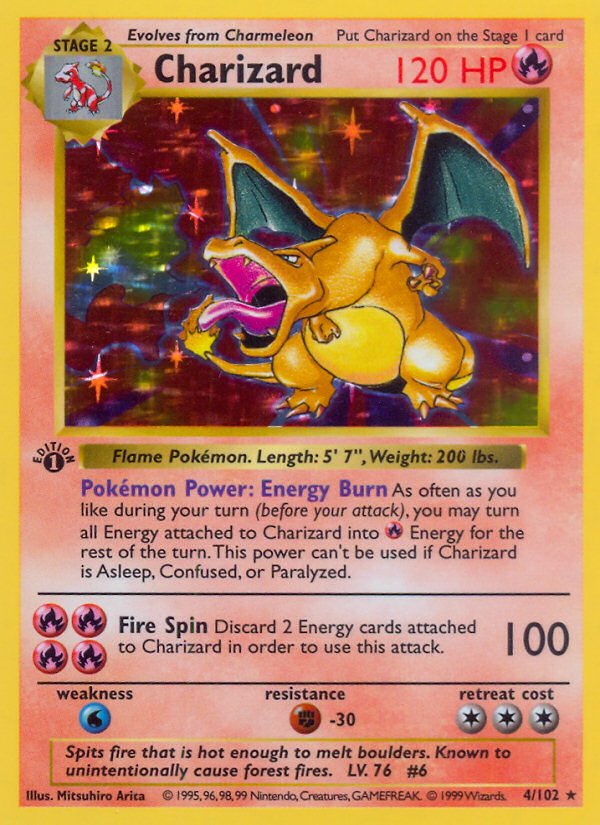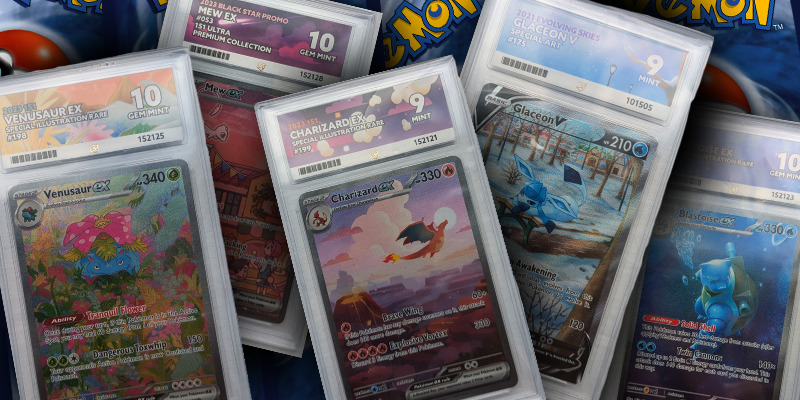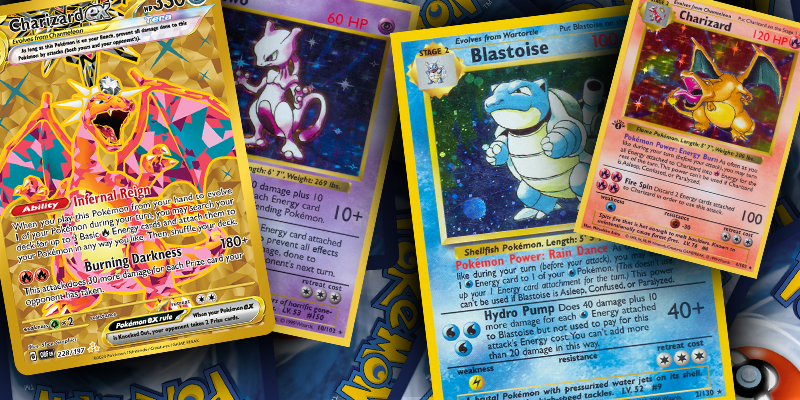Introduction
With the growing popularity of Pokémon trading cards, the market has also seen an increase in counterfeit cards. It becomes more important to know if a pokemon card is fake. Whether you’re a serious collector, a competitive player, or just a fan, knowing how to tell if a Pokémon card is fake is crucial. This guide will provide you with all the essential tips and tools you need to identify counterfeit Pokémon cards and ensure your collection stays genuine.
Why Identifying Fake Pokémon Cards Matters
Fake Pokémon cards can negatively impact the entire trading card community. For collectors, owning counterfeit cards can significantly reduce the value of their collection. For players, fake cards can lead to disqualification from tournaments and events. Additionally, the presence of counterfeit cards can undermine trust in the market, making transactions riskier for everyone involved.

The more expensive the pokemon card is, the more likely it is to have been faked. The first edition base set Charizard is one of the most recognissable cards within pokemon.
Common Types of Fake Pokémon Cards
There are several types of counterfeit Pokémon cards, each with distinct features that can help you identify them.
Poor Quality Printing
One of the most obvious signs of a fake Pokémon card is poor print quality. This includes blurry text, incorrect font styles, or colors that do not match the authentic versions. The images on the card might appear pixelated, and the card’s background may look washed out or faded.
Incorrect Card Details
Genuine Pokémon cards have precise details that are difficult to replicate. Fake cards often have errors in the name, number, or description of the Pokémon. Pay close attention to these details, as even small mistakes can indicate a counterfeit.
Card Thickness and Texture
Authentic Pokémon cards have a specific thickness and texture that fake cards often fail to replicate. A pokemon card is fake if it feels too thin, flimsy, or has a different texture when compared to a genuine card.
Holographic Effects
Holographic cards are particularly valuable in the Pokémon trading card game. Fake cards may have dull, uneven, or inconsistent holographic effects. Genuine holographics are vibrant and evenly distributed across the card’s surface.
Step-by-Step Guide to Identifying When A pokemon card is fake
Follow these steps to determine if a Pokémon card is fake:
Check the Card Edges
Authentic Pokémon cards have clean, smooth edges. Fake cards may have rough or uneven edges due to poor cutting techniques during the manufacturing process.
Look for Authentic Logos and Symbols
Make sure the card has the correct Pokémon logo, set symbol, and copyright information. These details are often poorly reproduced on fake cards. Compare them with known authentic cards to spot differences.
Use the Light Test
Hold the card up to a bright light source. Real Pokémon cards have a specific layering that allows some light to pass through, but not as much as a fake card, which often appears more transparent.
Inspect the Ink and Color Quality
Examine the card under good lighting conditions. Genuine cards have consistent color and ink quality. Fake cards might show signs of bleeding ink, color inconsistencies, or faded sections.
Feel the Card Texture
Run your fingers over the card’s surface. A real Pokémon card has a slightly textured surface, especially around holographic elements. Fake cards often feel smoother or too glossy.
Popular Tools to Verify Authenticity
If you’re serious about distinguishing fake Pokémon cards from real ones, consider investing in some basic tools:
- Magnifying Glass: To inspect details like the fine print, borders, and set symbols.
- Digital Scale: Authentic cards have a consistent weight. Weighing them can help detect fakes.
- UV Light: Some counterfeit cards react differently under UV light, showing unexpected marks or stains.
Online Resources and Databases
Use official resources, like the Pokémon Company’s website, card databases, and apps to verify card details. These platforms often have high-resolution images and detailed descriptions of every card ever released.
Common Myths About Fake Pokémon Cards
There are several myths about fake Pokémon cards that can lead to confusion and stop people knowingwhen a pokemon card is fake.
Myth: All Foreign Cards are Fake
This is not true. Pokémon cards are released in many languages worldwide. Always check the details and verify authenticity before assuming a foreign card is fake.
Myth: Fake Cards are Always Poor Quality
While many fake cards are indeed of poor quality, some high-quality counterfeits can be hard to distinguish. Always use multiple methods to verify a card’s authenticity.
The Consequences of Buying Fake Cards
Buying fake Pokémon cards can lead to financial loss, damage your reputation as a collector or player, and potentially lead to legal issues if you try to resell them knowingly. It’s crucial to stay vigilant and know how to identify counterfeit cards.

Buying cards that have already been graded, such as with Ace Grading, can take the worry away from needing to check if a card is faked.
What to Do When You Know A pokemon card is fake
If you discover that you have a fake Pokémon card, consider the following steps:
Contact the Seller or Platform
Reach out to the seller or platform where you purchased the card. Many reputable sellers will offer a refund or exchange if the card is proven to be fake.
Report the Fake Card to Authorities
Report the counterfeit card to Pokémon, trading card authorities, or local consumer protection organizations. This helps reduce the spread of fake cards and protects other buyers.
Frequently Asked Questions (FAQs)
Check for poor printing quality, incorrect details, and feel the texture of the card. A combination of these methods is often the best approach.
Fake Pokémon cards typically have no value to serious collectors or players and are often seen as worthless.
Inspect the card carefully using the methods outlined above, and if confirmed, contact the seller or relevant authorities.
Yes, several apps and online databases are available to help check card authenticity by comparing details with official records.
Conclusion: Stay Vigilant When Buying Pokémon Cards
Whether you’re a casual collector or a dedicated player, knowing how to spot when a pokemon card is fake is essential. By following the tips and guidelines in this article, you can protect your collection and enjoy the game with peace of mind. Always remember to buy from reputable sources and use the tools available to ensure your cards are genuine.

